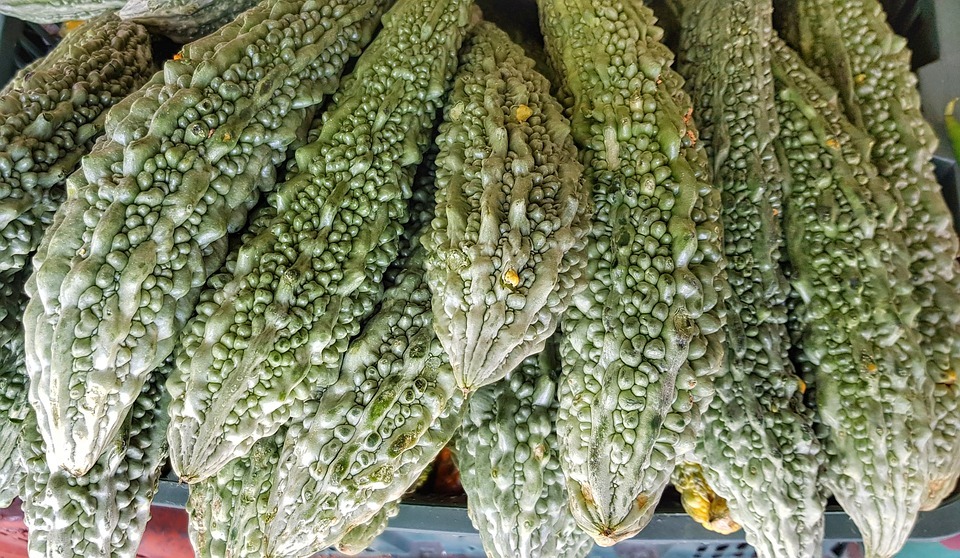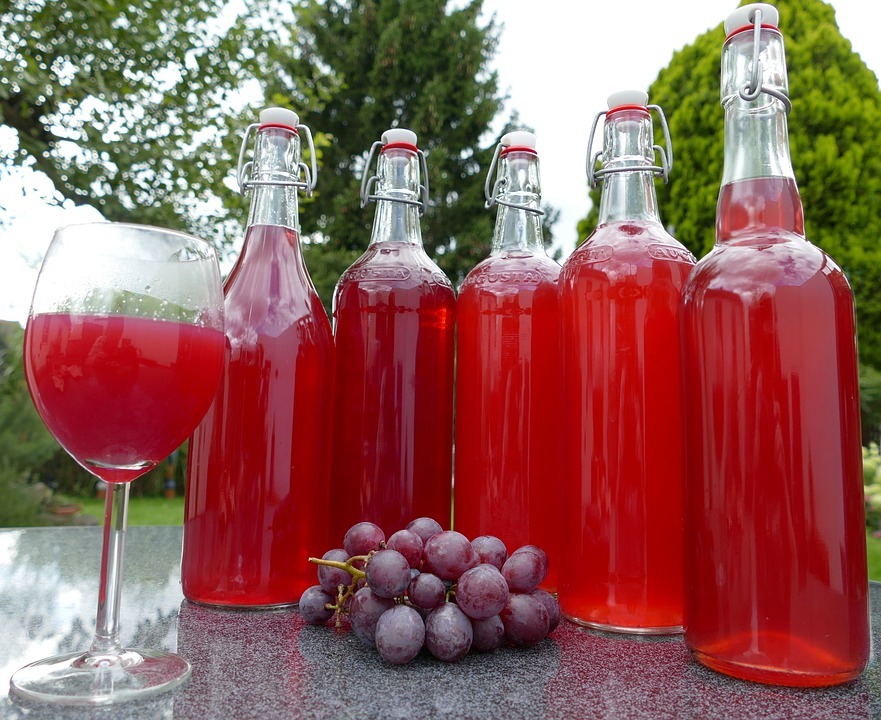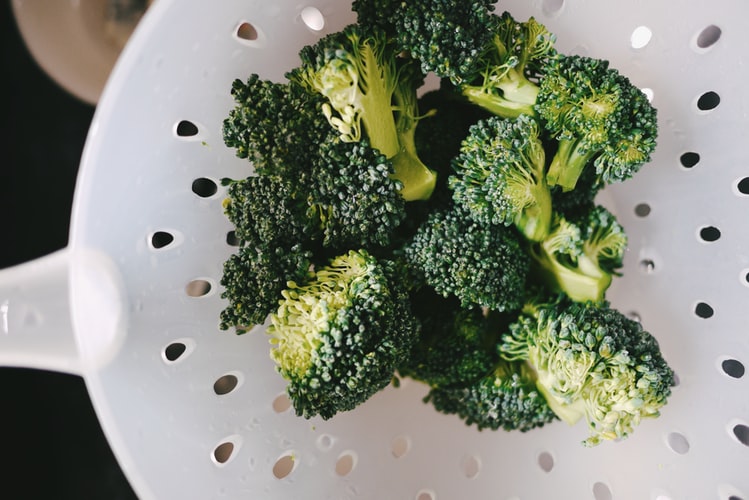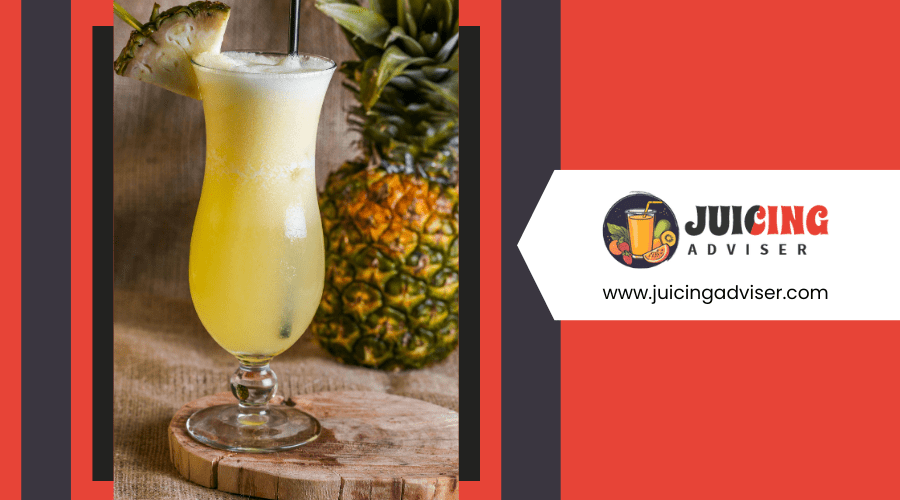Why Is Organic Juice So Expensive?
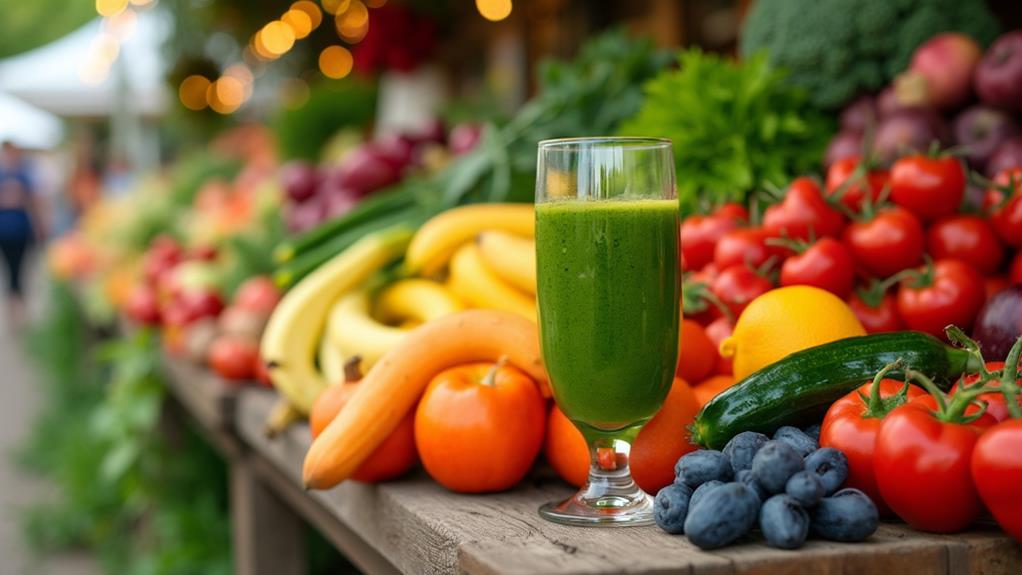
Ever wondered why organic juice comes with a higher price tag? It's not just the organic fruits and vegetables; several factors contribute. Overhead costs, like rent in prime locations and utility expenses, significantly influence pricing. Additionally, specialized equipment and skilled labor add to the cost. The real differentiator, however, is the expertise involved in crafting unique recipes. Curious about the details that make every sip worth the price? There's much more to explore.
Cost of Ingredients
Organic fruits and vegetables typically come with a higher price tag due to sustainable farming practices and certification requirements. This higher cost significantly impacts the pricing strategy for juice bars. A typical 16-ounce juice requires 1 to 2 pounds of organic produce, which contributes to the overall expense of the final product.
For instance, high-quality organic ingredients like Australian celery, priced at $4.5/kg, are considerably more expensive than their conventional counterparts. The increased cost is attributed to rigorous farming methods and certifications necessary for organic produce. Juice bar owners aim to maintain food costs at approximately 30% of the retail price. However, sourcing premium organic ingredients can push this percentage higher, necessitating a higher retail price for the juices.
Despite the higher costs, the profit margin for organic juices can be substantial. On a $10 juice, a profit margin of up to $7 is possible, indicating that customers are willing to pay for quality. This willingness often stems from a desire to avoid health issues associated with pesticides and non-organic farming practices. Therefore, the cost of ingredients is a critical factor in pricing organic juices.
Overhead Expenses
While the cost of ingredients significantly influences the pricing of organic juices, overhead expenses also play a crucial role. Renting a commercial space in a prime location like SoHo can range from $5 to $17 per square foot monthly. For a typical 600-square-foot storefront, this translates to a monthly rent between $3,000 and $10,000, directly affecting the price of cold-pressed juice.
In addition to rent, juice bars incur substantial utility costs, estimated at around $8,000 annually. Keeping the lights on and running the cold-pressed juice machines is not cheap. Waste disposal is another significant expense. In New York City, this can be as high as $11 per pound, and juice bars generate considerable pulp and other waste, quickly adding to costs.
Some juice bars mitigate these expenses by composting pulp, but the initial overhead remains a significant factor. When considering the high price of organic juice, remember that these operational costs are a major part of the equation, making your favorite healthy beverage expensive to produce.
Equipment Investment
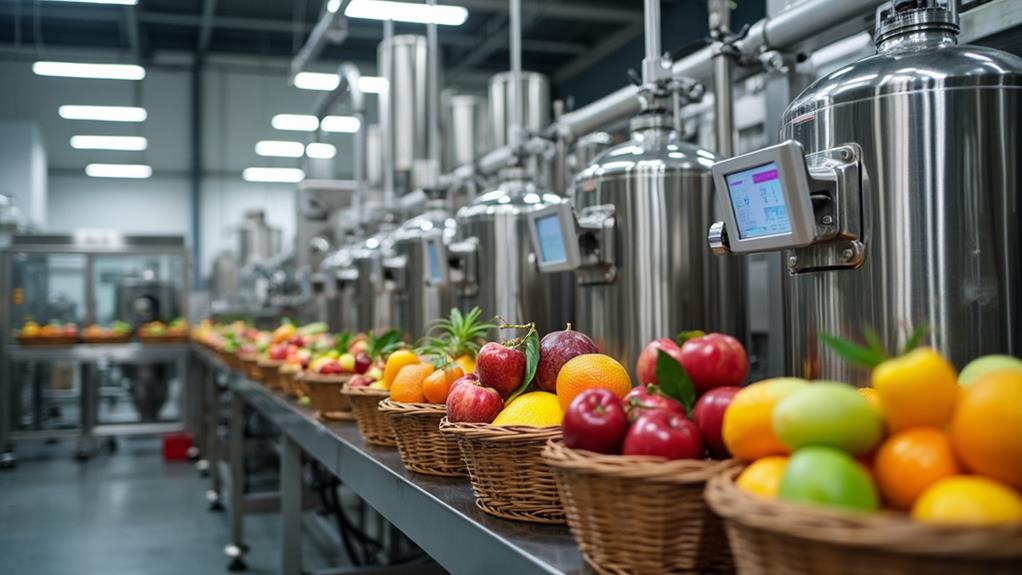
Investing in high-quality commercial juicers and blenders is essential for producing top-tier organic juice, but it comes with significant costs. The initial equipment investment starts at a minimum of $12,000. For example, a Vita-Prep 3 blender costs approximately $606, and a premium vegetable juicer can be priced at around $2,400. These initial expenses are just the beginning.
Beyond the initial purchase, ongoing maintenance and repairs add to operational expenses. Regular cleaning and upkeep are necessary to keep the equipment in excellent condition, which contributes to higher costs.
The need for advanced equipment not only increases your initial financial burden but also affects the pricing of the organic juice you sell. To ensure profitability, you must price your products to cover these operational expenses. While the commitment is substantial, it is crucial for maintaining a high-quality organic juice business.
Labor Costs
Labor costs significantly impact the overall expenses of running an organic juice business. Juicing involves more than just pressing fruits and vegetables; it requires substantial manual labor for cleaning, preparation, and operation. Each step, from washing produce to crafting the perfect juice blend, demands time and effort, thereby increasing operational expenses.
New employees require approximately five days of training before they can work independently, adding to labor investment as wages are paid without immediate returns. Entry-level positions may start at New York's minimum wage of $7.25 per hour, but skilled workers, with expertise in producing high-quality organic juice, command higher pay.
The current labor shortage in the juice industry exacerbates the situation. To attract and retain skilled workers, offering competitive wages is essential, further driving up labor costs. The investment in training staff and maintaining quality directly impacts the pricing of organic juices. Consequently, the cost of skilled labor is reflected in the final product price, making organic juice more expensive for consumers.
Expertise and Branding
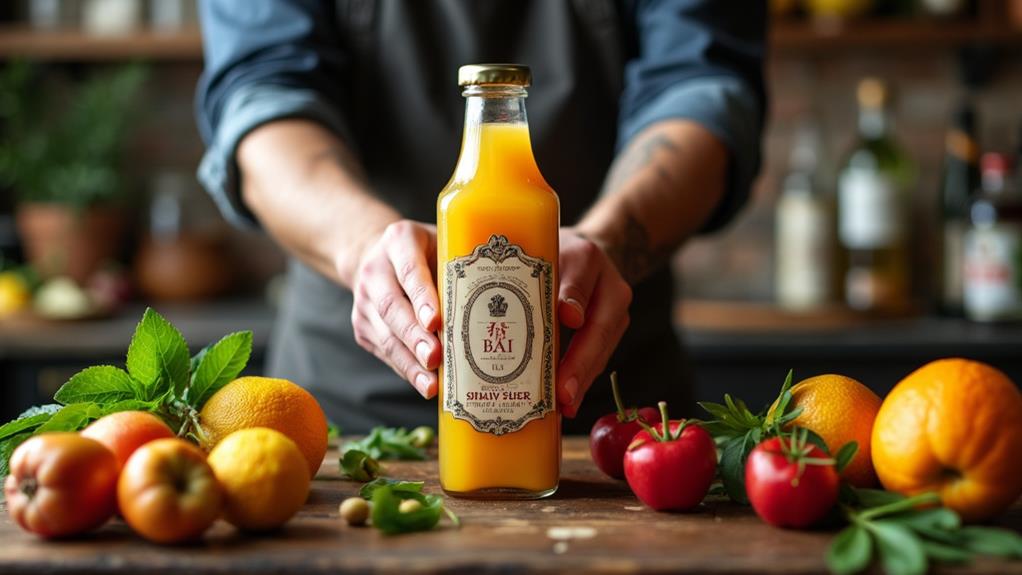
The expertise involved in crafting organic juices significantly enhances their market value. When you purchase a bottle of organic juice, you're investing not only in premium ingredients but also in the craftsmanship and culinary skills of seasoned professionals like Melvin Major Jr., who brings over 20 years of experience to the table. His unique recipes and combinations offer flavors you won't find elsewhere.
Consider the "Picasso Factor." Just as a painting by Picasso is valued for the artist's unique touch, the pricing of organic juices reflects the specialized knowledge and artistry involved. This expertise ensures that every bottle delivers a distinctive taste experience, making it stand out in a crowded market.
Furthermore, brands that emphasize their skilled craftsmanship can justify higher prices. They often highlight the sourcing of premium ingredients and the labor-intensive processes that require extensive training and specialized techniques. This not only differentiates them but also assures the quality and care invested in each bottle.

